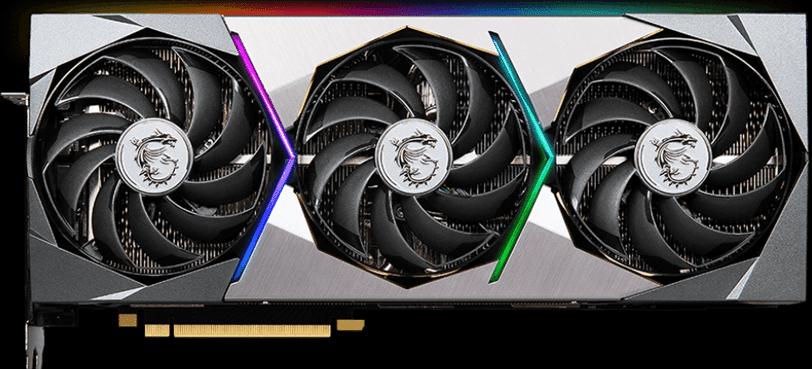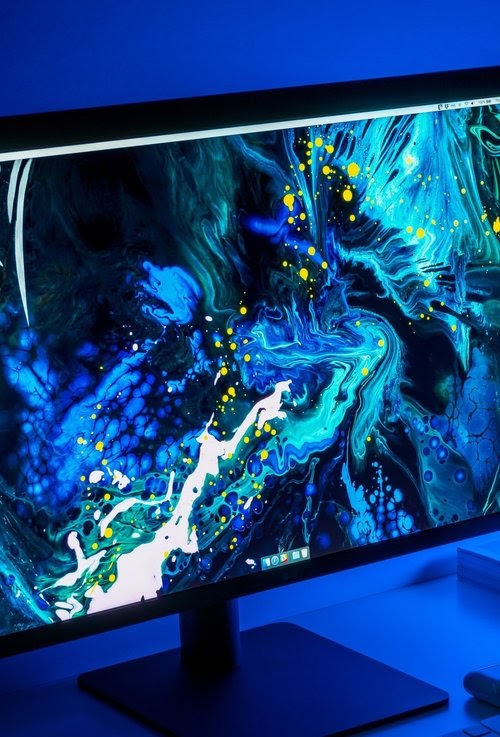
RTX cards are all the rage. Getting your hands on an RTX 3080 or 3090 is almost impossible right now because of the insanely high prices and the global chip shortage. However, GTX graphics cards are widely available, but no one wants them. Why is this so? ,
What is a graphics card?
First, let’s understand the graphics card’s purpose. Graphics cards, also called GPUs, take information from the CPU (central processing unit) and send the output as an image to the computer. Graphics cards basically create everything you see on your screen. Still images take less processing power than moving images since the movement of many things at the same time causes more processing power. As computers became more advanced, graphics cards had to be improved to allow for more moving parts and better quality images. Screens are made out of thousands of pixels, with each pixel being illuminated only one color. The GPU decides what color each pixel is illuminated, so the more pixels, the more work the GPU must do. As screen resolution increases (720p to 1080p to 4k for example), more pixels must be illuminated. Computers with high resolution screens must have better GPUs so that performance is not compromised.

What is the difference between GTX and RTX?
NVIDIA, one of the major companies that manufactures graphics cards, has two main lines of graphics cards: GTX and RTX. GTX stands for Giga Texel Shader eXtreme and was primarily designed for games. Games have progressed over the years, transforming from pixelated to realistic. Graphics cards have to constantly keep up with the many moving parts in the game and have to generate the images in real time for the player to take any number of actions. If the graphics card is too slow, the FPS (frames per second) will decrease, causing the game to feel laggy. GTX cards allowed for this realism and high FPS when gaming. After many iterations of GTX cards, NVIDIA started to manufacture RTX cards which took games to the next level. RTX stands for Ray Tracing Texel eXtreme. RTX cards trace rays and simulate particles in real time to achieve realistic lighting. Shadows and reflections are more pronounced because the graphics card can handle the processing of those minute details.
As NVIDIA releases more RTX cards, the cost of GTX cards are rapidly decreasing. Eventually RTX cards will become the norm and GTX cards will become a "relic of the past."
